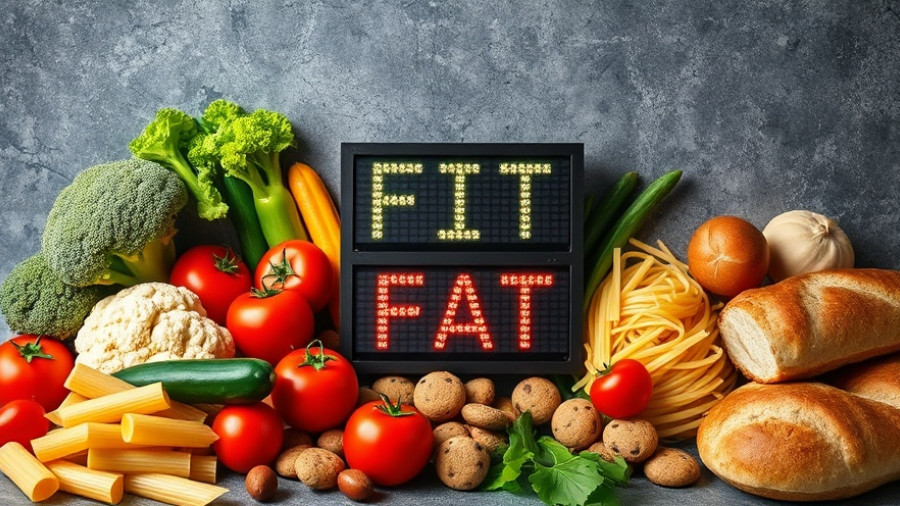
Understanding the Two Sides of Nutrition
In the pursuit of healthy living, deciphering what food truly serves our body can be daunting. The crux of healthy eating lies in understanding the nourishing capacity of food. Food isn't simply about taste; it's about how it sustains life, provides energy, and promotes growth. Therefore, appreciating the difference between foods that nourish our bodies and those that deplete our vitality is crucial.
THIEF Foods: The Defectors of Health
The acronym THIEF succinctly sums up the kinds of foods that can undermine our well-being: they Highjack important endocrine functions, causing a host of issues such as low energy, fatigue, and even chronic health conditions like diabetes or heart disease. When we consume THIEF foods—often high in sugars and processed ingredients—we sacrifice nutritional value for fleeting satisfaction. Redirecting our focus away from these detrimental options is essential for long-term health.
SAINT Foods: The Pillars of Nourishment
On the other side, we find SAINT foods. Defined by their capacity to be Satisfying, Active, Ideal, Natural, and Therapeutic, these foods are crafted by nature to bring balance back to our bodies. When we prioritize SAINT foods—like organic fruits and vegetables, lean proteins, whole grains, and healthy fats—we experience enhanced wellness. Eating these foods not only satisfies hunger but also helps to eliminate cravings associated with THIEF foods.
Aligning Choices with Body Chemistry
Consuming SAINT foods means working harmoniously with your body chemistry. The benefits of these foods extend beyond physical nourishment; they encompass improved mental clarity, mood stabilization, and optimum weight management. It's a holistic approach to eating that promotes overall happiness and vitality.
The Changing Narrative of 'Good Food'
As society evolves, so does our understanding of what constitutes 'good food.' Initiatives like Minnesota's SuperShelf emphasize the importance of dignified access to healthful options, shifting the narrative from quick-fix meals to fresh, wholesome selections. Such programs reveal that food shelf shoppers prefer nutritious, appealing choices over processed items, indicating a wider desire for healthful eating across communities.
Making Informed Choices
A balanced diet doesn't have to be complicated. By informing ourselves about food categories and their impacts, we can foster healthier eating habits. For instance, incorporating more whole foods into our meals—whether it’s through preparing homemade lunches or snacking on fruits—can lead to significant changes in our health over time.
Frequently Asked Questions about SAINT and THIEF Foods
What are examples of THIEF foods? Common THIEF foods include sugary snacks, soft drinks, and overly processed meals that lack nutritional value.
How can I incorporate more SAINT foods into my diet? Focus on adding a variety of colorful fruits and vegetables, whole grains, and lean proteins to your meals. Even small changes, like choosing a fruit for a snack instead of a candy bar, can make a difference.
Conclusion: Choosing Nourishment
Ultimately, the choice between THIEF and SAINT foods boils down to our commitment to nourish our bodies. By opting for foods that support health rather than detract from it, we can enhance our well-being and energy levels. Why not make today the day you embrace nourishing choices? Every little decision counts in leading a healthier and more fulfilling life.
 Add Row
Add Row  Add Element
Add Element 



Write A Comment